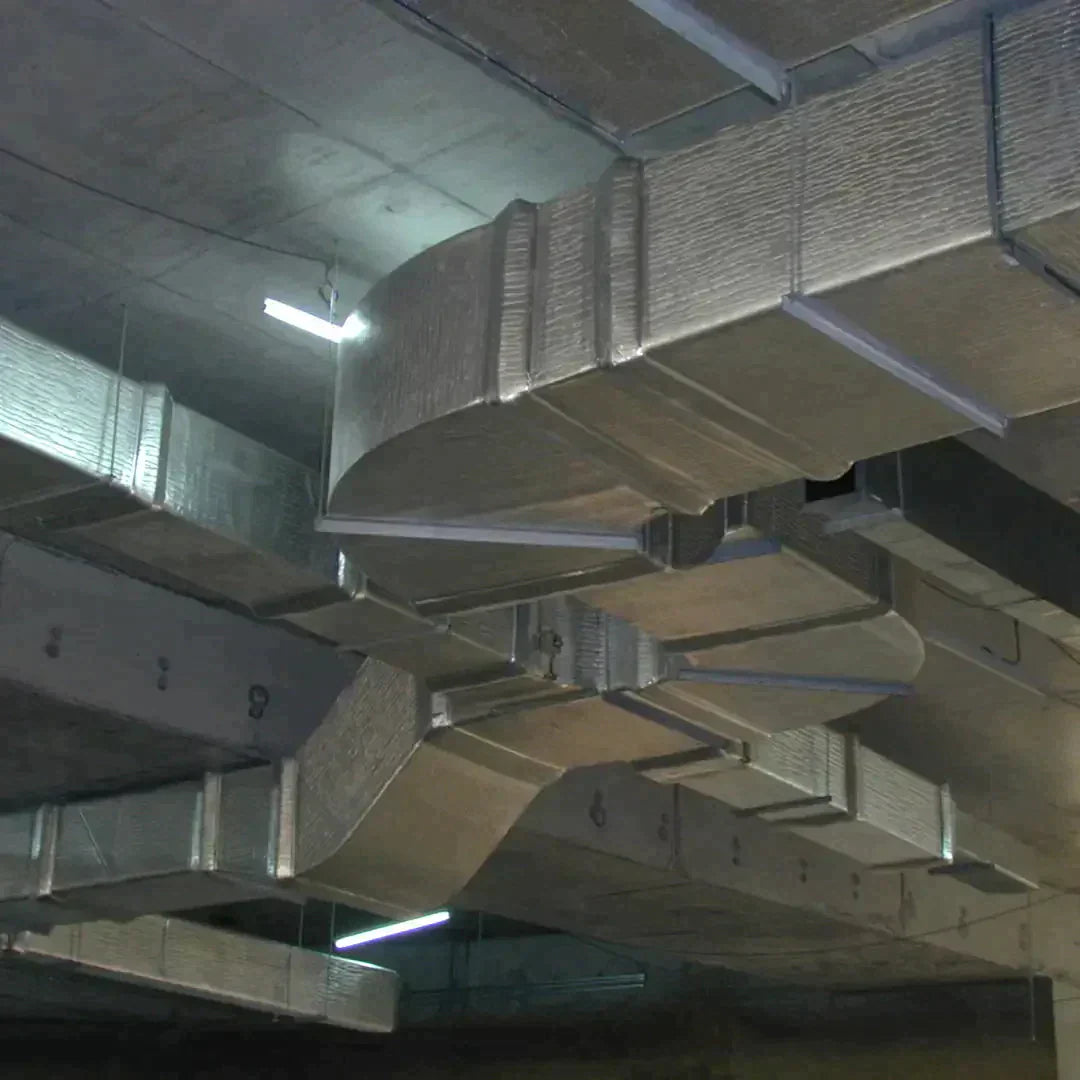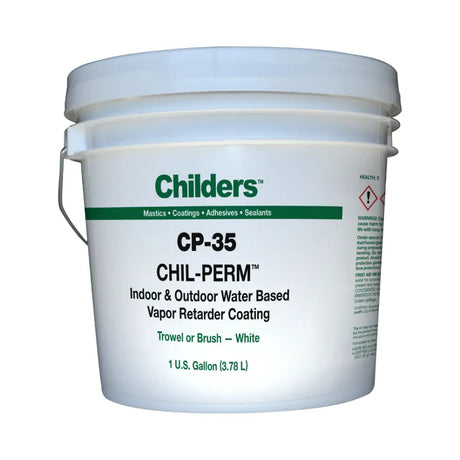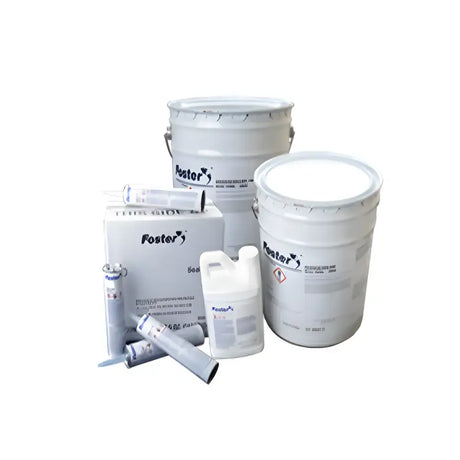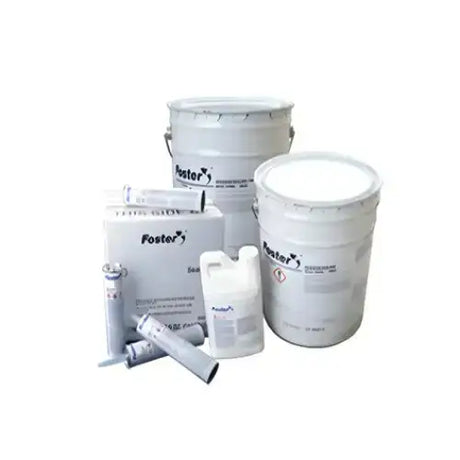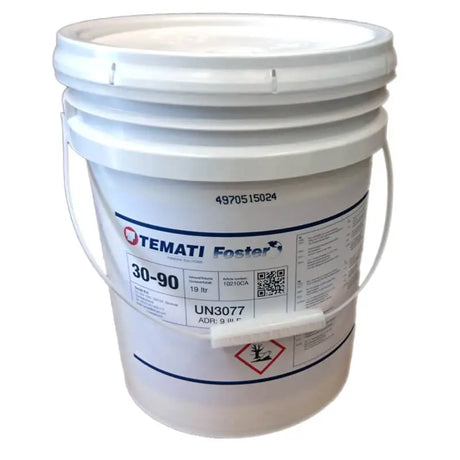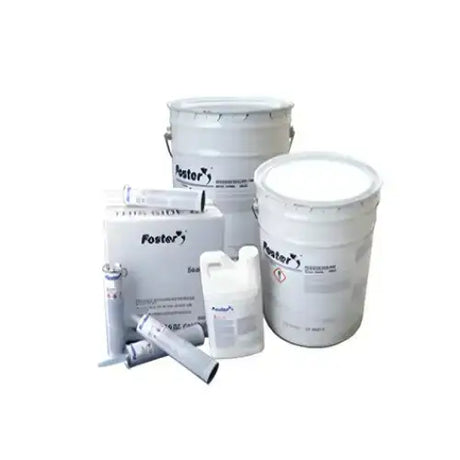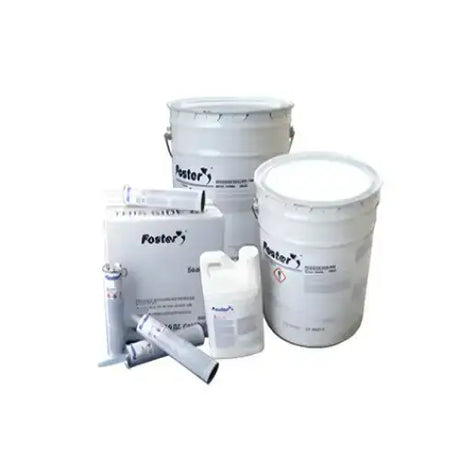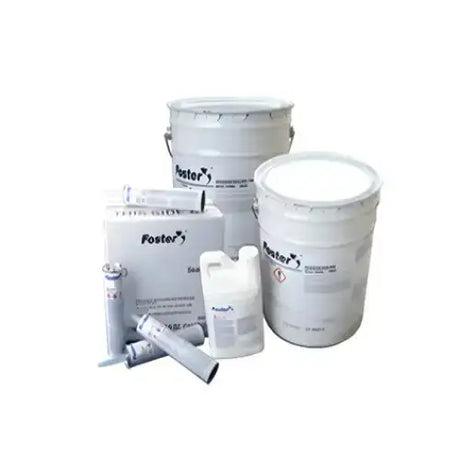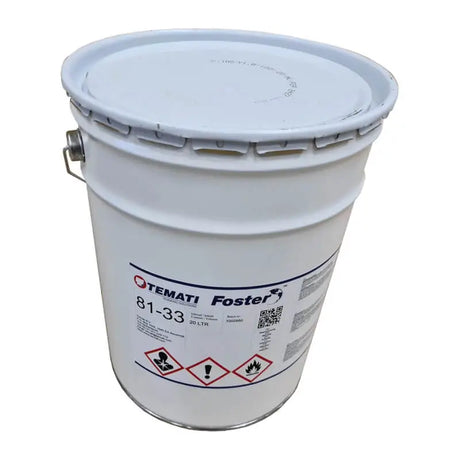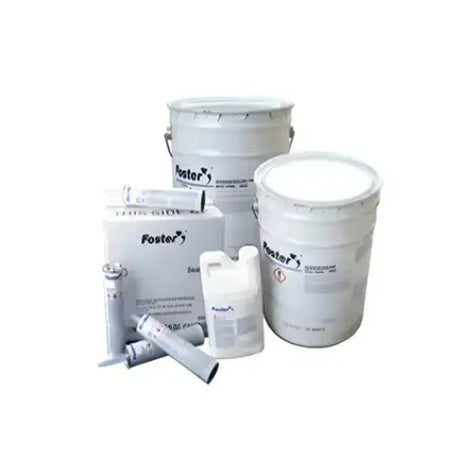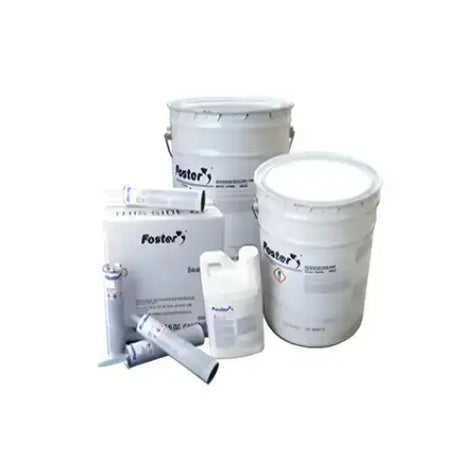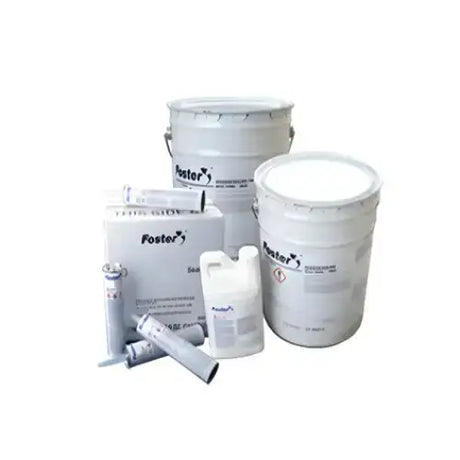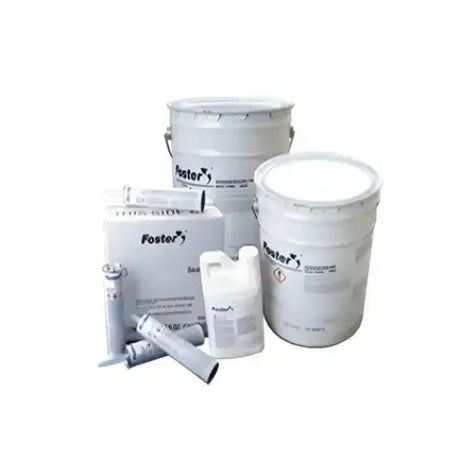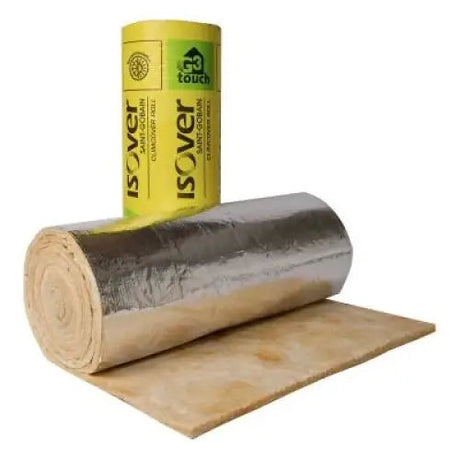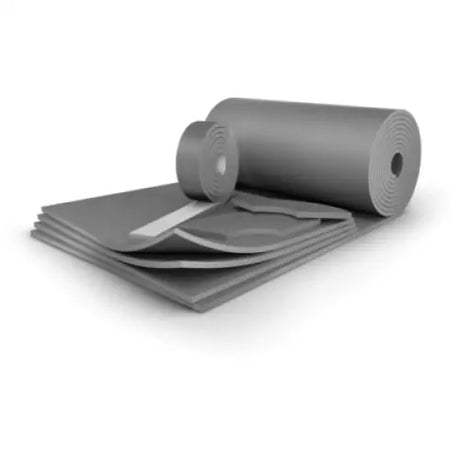We supply a wide range of solutions to enhance the efficiency and performance of your HVAC systems. Our premium selection of duct insulation products, such as duct slabs, air ducts, and duct wraps, cater to all your heating, ventilation, and air conditioning needs.
Our high-quality duct insulation materials are designed to improve the energy efficiency of your HVAC system by reducing heat loss or gain in ducts. This, in turn, helps maintain consistent temperatures throughout your living or workspace, providing you with a comfortable indoor environment.
The duct slabs in our collection offer excellent thermal and acoustic insulation properties, ensuring that your ducts remain well-insulated and noise-free. Our selection of duct lagging for air ducts from top name brands in the industry including Rocwool, Kaiflex, Isover, Knauf,Paroc and more are all meticulously designed to optimize airflow and minimize the transmission of noise, providing a quieter and more efficient HVAC system.
Noise reduction is a crucial aspect of duct insulation, and we have a broad selection of products offering various levels of sound reduction. From the standard, minimal acoustic performance to products specifically designed for impressive acoustic insulation capabilities. Soundproofing solutions including forms of duct wrapping and ductwork protection are also available to increase both thermal and acoustic insulation with some also designed to reduce noise from the HVAC system to provide you with a peaceful and quiet atmosphere.
In addition to our standard insulation materials, we also offer PIB (polyisobutylene) based products, which provide exceptional moisture resistance and durability, ensuring long-lasting protection for your ductwork.
Our ductwork products not only provide thermal and acoustic insulation, but they also safeguard your ducts from potential damage, prolonging their lifespan and ensuring optimal performance for years to come.
What is Duct Insulation?
Duct insulation refers to the process of encasing ductwork systems in a layer of insulation material, typically made of fiberglass, foam or other thermal-resistant materials. The purpose of duct insulation is to reduce heat loss or gain in the ductwork, improving the energy efficiency of the heating, ventilation and air conditioning (HVAC) system.
The installation of duct insulation can have a significant impact on the energy consumption of a building, potentially reducing energy costs and improving indoor comfort. Moreover, a well-insulated duct system can also reduce noise transmission, which can be particularly important in a commercial setting where acoustical privacy may be a concern.
The selection of the appropriate insulation material and thickness will depend on a variety of factors, including the type of HVAC system, the location of the ductwork, and local climate conditions. A robust, expanded and professional evaluation of the existing ductwork system should be carried out by a qualified HVAC contractor to determine the most suitable insulation solution.
Types of Duct Insulation
There are several types of insulation materials that can be used for duct insulation, each offering its own unique set of benefits and drawbacks. Some of the most common types of duct insulation include:Fiberglass Insulation
This type of insulation is one of the most widely used materials for duct insulation due to its affordability and ease of installation. Fiberglass insulation is available in both batts and blown-in forms, and offers good thermal resistance and fire resistance properties.
Foam Insulation
Foam insulation, including polyurethane and polystyrene, offers excellent insulation properties and is well-suited for use in tight spaces, such as around ductwork. Foam insulation is also known for its air-sealing properties, which can help to prevent air leakage in the ductwork system.
Mineral Wool Insulation
Mineral wool insulation, also known as rock wool or slag wool, is a fire-resistant material that is made from volcanic rock or slag. It offers excellent insulation properties, and is well-suited for use in high-temperature applications, such as those found in industrial settings.
Aluminum Foil Insulation
This type of insulation consists of a reflective material, typically aluminum foil, laminated to a backing material, such as fiberglass or foam. Aluminum foil insulation is designed to reflect heat back into the ductwork, improving energy efficiency and reducing heat loss or gain.
It is important to note that the selection of the appropriate insulation material will depend on a variety of factors, including the type of HVAC system, the location of the ductwork, and local climate conditions. A robust, expanded and professional evaluation of the existing ductwork system should be carried out by a qualified HVAC contractor to determine the most suitable insulation solution.
What Materials Are Used in Duct Insulation?
When it comes to insulating ductwork, there are several materials that can be utilized to achieve the desired level of thermal resistance and acoustic performance. Some of the most common materials used in duct insulation include.
Fiberglass
Fiberglass is a popular and versatile material for duct insulation, as it is lightweight, low cost, and provides good insulation values. Fiberglass insulation is available in batts, blankets, or loose-fill forms and is suitable for a variety of duct systems, including rectangular and round ductwork.
Mineral Wool
Mineral wool is a robust and expanded material that is composed of natural minerals, such as basalt and slag. It is a good choice for duct insulation, as it is non-combustible, has excellent thermal resistance, and provides good acoustical insulation.
Polyurethane Foam
Polyurethane foam is a professional and high-performance material that is ideal for insulating complex ductwork systems. Polyurethane foam is typically spray-applied, which allows for the insulation to conform to the contours of the ductwork, providing an effective thermal and acoustic barrier.
Polystyrene
Polystyrene is a lightweight and low-cost material that is commonly used for insulation applications, including duct insulation. Polystyrene is available in both expanded and extruded forms and is suitable for a variety of duct systems, including rectangular and round ductwork.
Elastomeric Foam
Elastomeric foam is a flexible, closed-cell foam that is suitable for insulating ductwork systems that are subject to vibration or thermal expansion. Elastomeric foam provides good insulation values and is available in both sheet and roll forms.
How Thick Should Duct Insulation Be?
When it comes to determining the appropriate thickness of duct insulation, there are several factors that must be considered to ensure that the insulation provides optimal thermal performance and energy efficiency. Some of the key considerations include:
Type of Ductwork
The type of ductwork, whether it is rectangular, round, or oval, will influence the recommended thickness of the insulation. For example, rectangular ductwork typically requires a thicker layer of insulation than round ductwork due to the greater surface area of the former.
Location of the Ductwork
The location of the ductwork, whether it is located in an unconditioned space or an insulated attic, will also impact the recommended thickness of the insulation. If the ductwork is located in an unconditioned space, a thicker layer of insulation may be necessary to prevent heat loss and improve energy efficiency.
R-value
The R-value of the insulation material is a measure of its thermal resistance and will impact the recommended thickness of the insulation. Higher R-value materials will typically require a thinner layer of insulation to achieve the desired thermal performance, while lower R-value materials will require a thicker layer.
Type of Insulation Material
The type of insulation material used, such as fiberglass, mineral wool, polyurethane foam, polystyrene, or elastomeric foam, will also impact the recommended thickness of the insulation. For example, polyurethane foam provides excellent thermal resistance and is typically applied in a thinner layer than other insulation materials, while fiberglass insulation may require a thicker layer to achieve the same thermal performance.
Duct Insulation & Condensation
The issue of condensation and duct insulation is a critical one for building owners and HVAC professionals alike. If not properly managed, condensation on ductwork can cause significant problems, including mold growth, structural damage, and decreased indoor air quality.
Condensation occurs when warm, humid air comes into contact with cold ductwork, causing moisture to form on the surface. To prevent condensation, it is essential to ensure that the ductwork is properly insulated to maintain a consistent temperature and prevent the formation of moisture.
When choosing insulation for ductwork, it is essential to consider not only the thermal resistance of the material but also its moisture resistance properties. Certain materials, such as polyurethane foam, provide excellent insulation properties and are also highly moisture-resistant, making them an ideal choice for duct insulation.
It is also important to consider the location of the ductwork when selecting insulation. If the ductwork is located in an unconditioned space, such as an attic, it may be necessary to use a vapor barrier to prevent moisture from penetrating the insulation.
What is the impact of duct insulation on indoor air quality?
Properly installed duct insulation has a positive impact on indoor air quality by preventing air from leaking from the ducts. This helps to maintain optimal pressure levels within the ducts, reducing the risk of air-borne contaminants entering the building and improving air flow. The insulation also helps to regulate the temperature of the air within the ducts, preventing condensation from forming and minimizing the risk of mold and bacteria growth. This leads to a cleaner and healthier indoor environment, thereby benefiting the health and well-being of the building's occupants. With duct insulation, indoor air quality is maintained to the highest standard, providing a more comfortable and hygienic living space.

